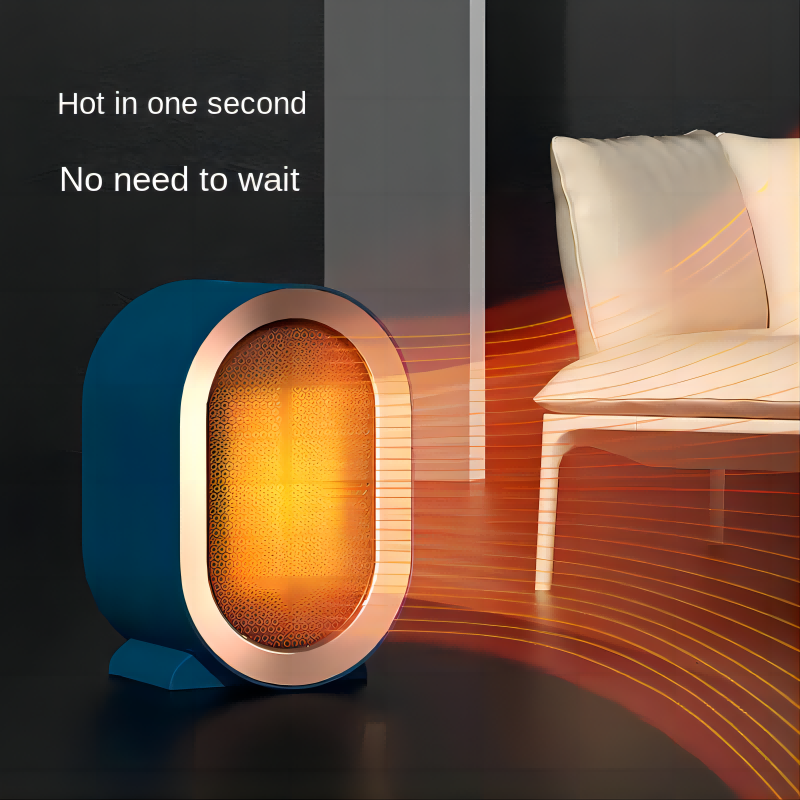A PTC (Positive Temperature Coefficient) heater and a normal heater differ in terms of their heating mechanism and characteristics. Here are the key differences:
Heating Mechanism:
PTC Heater: PTC heaters use a ceramic heating element with a positive temperature coefficient. As the current passes through the PTC material, its resistance increases with an increase in temperature. This self-regulating characteristic allows the PTC heater to reach a certain temperature and maintain it without external temperature control.
Normal Heater: Normal heaters typically use a resistive wire or coil as the heating element. The wire’s resistance remains constant as the current passes through it, and the temperature is regulated by external controls such as thermostats or switches.

Self-Regulating Feature:
PTC Heater: PTC heaters are self-regulating, meaning they have built-in safety mechanisms to prevent overheating. As the temperature rises, the PTC material’s resistance increases, reducing the power output and preventing excessive heating.
Normal Heater: Normal heaters usually require external temperature controls to prevent overheating. They rely on thermostats or switches to turn off the heating element when a certain temperature is reached.
Temperature Control:
PTC Heater: PTC heaters have limited temperature control options. Their self-regulating nature makes them automatically adjust the power output to maintain a relatively constant temperature within a certain range.
Normal Heater: Normal heaters offer more precise temperature control. They can be equipped with adjustable thermostats or switches, allowing users to set and maintain specific temperature levels.
Efficiency:
PTC Heater: PTC heaters are generally more energy-efficient than normal heaters. Their self-regulating feature reduces power consumption as the desired temperature is reached, preventing excessive energy usage.
Normal Heater: Normal heaters may consume more energy since they require external temperature controls to maintain the desired temperature continuously.
Safety:
PTC Heater: PTC heaters are considered safer because of their self-regulating nature. They are less prone to overheating and can withstand varying environmental conditions without posing a significant fire hazard.
Normal Heater: Normal heaters may pose a higher risk of overheating if not monitored or controlled properly. They require additional safety features, such as thermal cutoff switches, to prevent accidents.
Overall, PTC heaters are often preferred for their self-regulating feature, energy efficiency, and enhanced safety. They are commonly used in applications such as space heaters, automotive heating systems, and electronic devices. Normal heaters, on the other hand, provide greater temperature control flexibility and can be found in a wide range of heating appliances and systems.
Post time: Jun-28-2023
